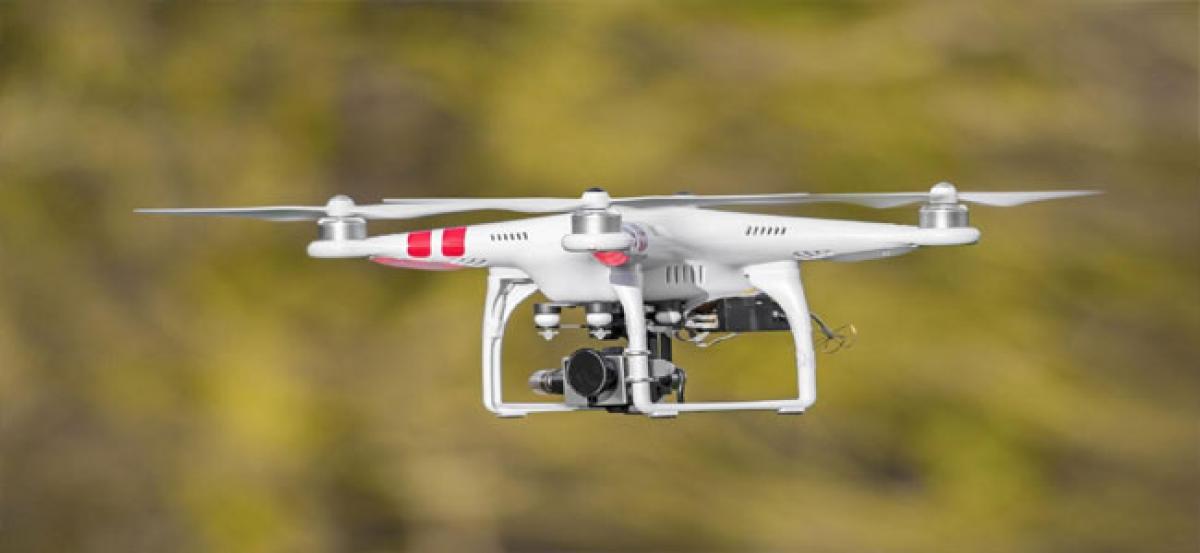Live
- TTD EO administered oath as ex-officio member of Trust Board
- Five arrested for stealing old ballot boxes
- Garena Free Fire MAX Redeem Codes for November 18, 2024: Get Free Skins & Rewards
- Special train to be run from Hubli to Sabarimala
- Customs officials nab culprits at airport
- If evidence is needed, SIT should be formed: R Ashok
- Seethakka consoles bereaved family
- Police bust chain-snatching gang in Chittoor
- Earth's Freshwater Supply Declining Rapidly: A Warning of Prolonged Droughts Ahead
- 2 nabbed, 3 pistols seized for extortion
Just In

Drones can be used to monitor wildlife more accurately than traditional counting approaches, a study has found. Researchers used a few thousand rubber ducks to test the usefulness and accuracy of drones for wildlife monitoring compared to a group of experienced wildlife spotters.
Melbourne: Drones can be used to monitor wildlife more accurately than traditional counting approaches, a study has found. Researchers used a few thousand rubber ducks to test the usefulness and accuracy of drones for wildlife monitoring compared to a group of experienced wildlife spotters.
"For a few years now, drones have been used to monitor different animals that can be seen from above, including elephants, seals and nesting birds,"said Jarrod Hodgson from University of Adelaide in Australia. "However, until now, the accuracy of using drones to count wildlife was unclear," said Hodgson. "We needed to test the technology where we knew the correct answer. We couldn't use wild animals because we could never be sure of the real number of individuals present," he said.
The researchers made fake bird colonies out of the rubber ducks on a beach in Australia. Experienced wildlife spotters challenged those who counted birds from drone imagery to see which group could get closest to the actual number of fake birds. The ground spotters counted the fake birds using binoculars or telescopes. Meanwhile, a drone was flown over the beach, taking pictures of the birds from the sky at different heights.
Citizen scientists then tallied the number of birds they could see in the photos. The drone approach won. "We found it is more accurate and more precise to have people count birds from the drone imagery than to do it on location," Hodgson said.
However, counting birds in photos takes a long time - and citizen scientists can get tired. Researchers made a computer algorithm to count the ducks automatically, which yielded results just as good as humans reviewing the imagery.
"With so many animals across the world facing extinction, our need for accurate wildlife data has never been greater," Hodgson said. "Accurate monitoring can detect small changes in animal numbers.
That is important because if we had to wait for a big shift in those numbers to notice the decline, it might be too late to conserve a threatened species," he said. "Our results show that monitoring animals with drones produces better data that we can use to proactively manage wildlife," he added.

© 2024 Hyderabad Media House Limited/The Hans India. All rights reserved. Powered by hocalwire.com







